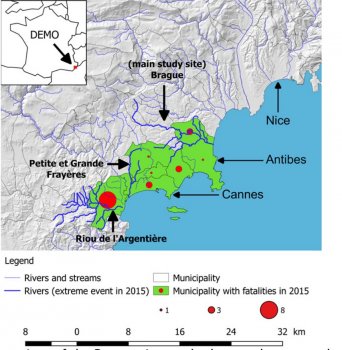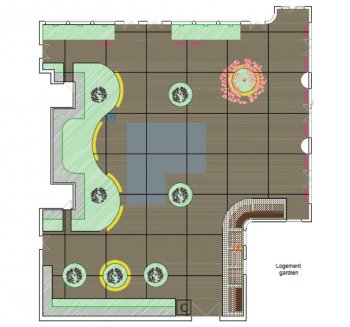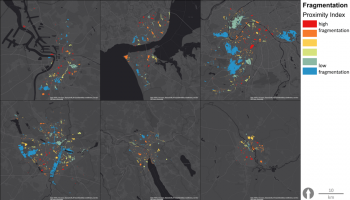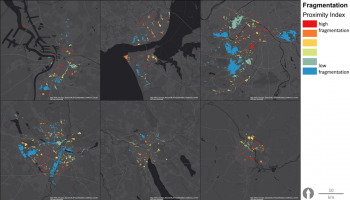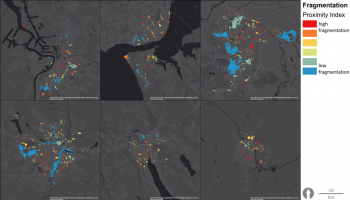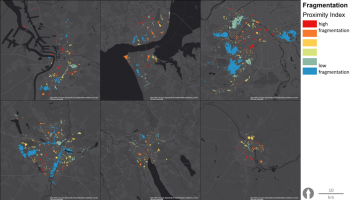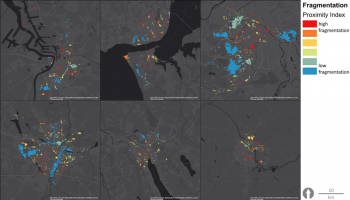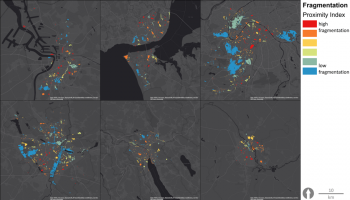Brague DEMO: Flash flood and wildfire hazards in a Mediterranean catchment
The public perception of ecosystems (e.g. forests, including possibly protecting ones) is strongly worsened following floods with massive wood jams. This case study aims at performing a comprehensive and in-depth analysis of a Mediterranean catchment to assess NbS benefits, dis-benefits and co-benefits and ways to optimize them.

